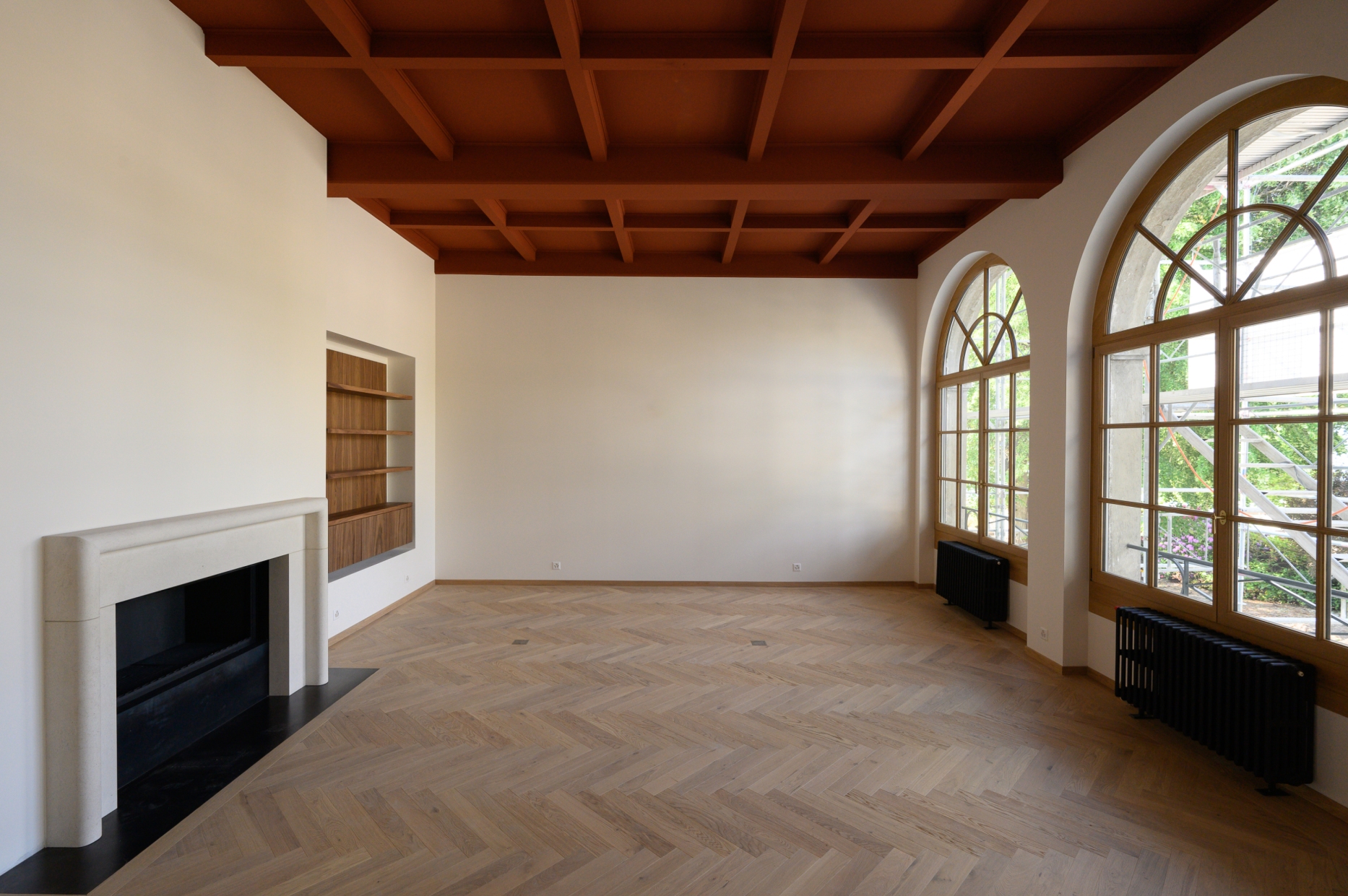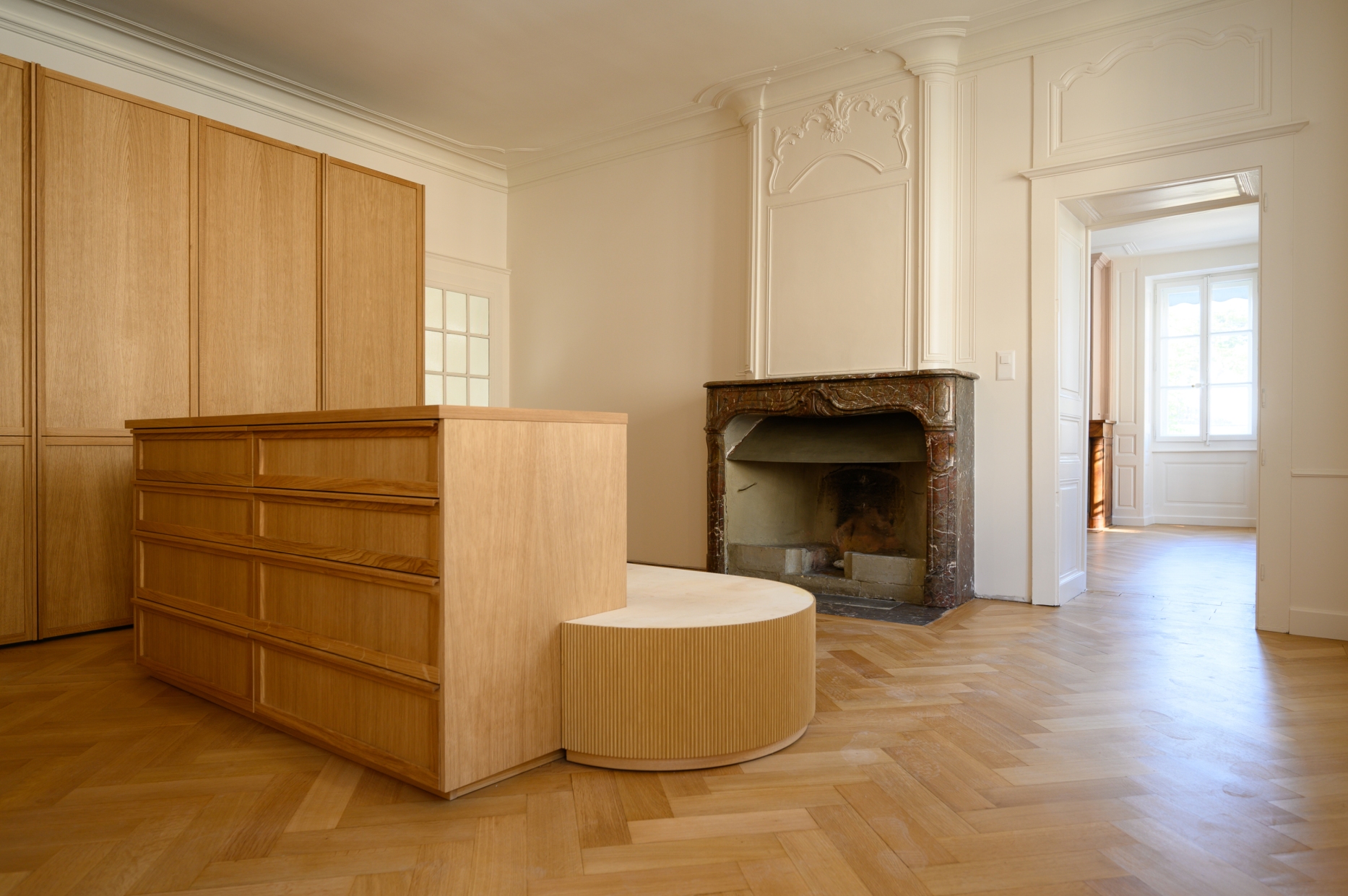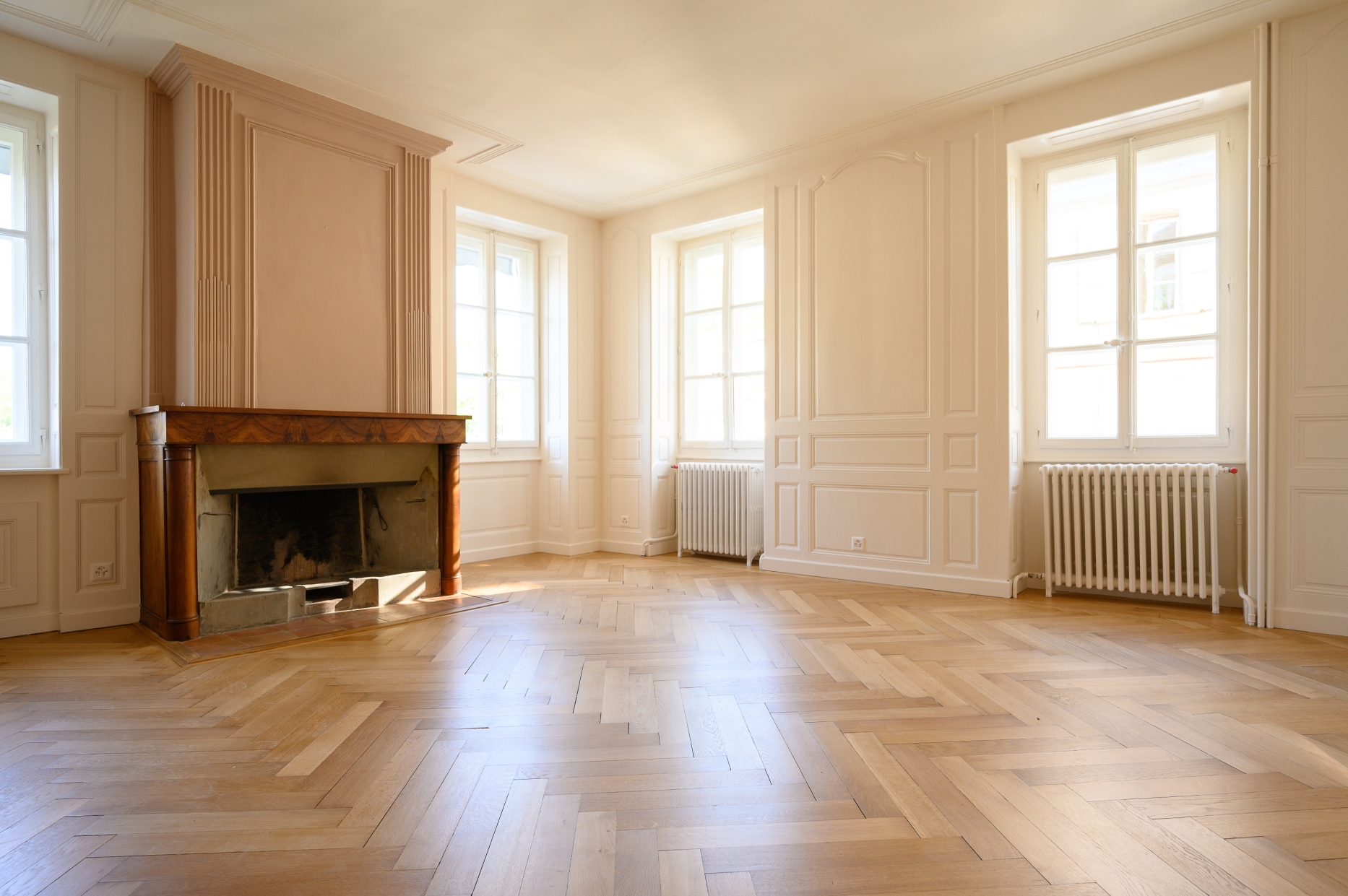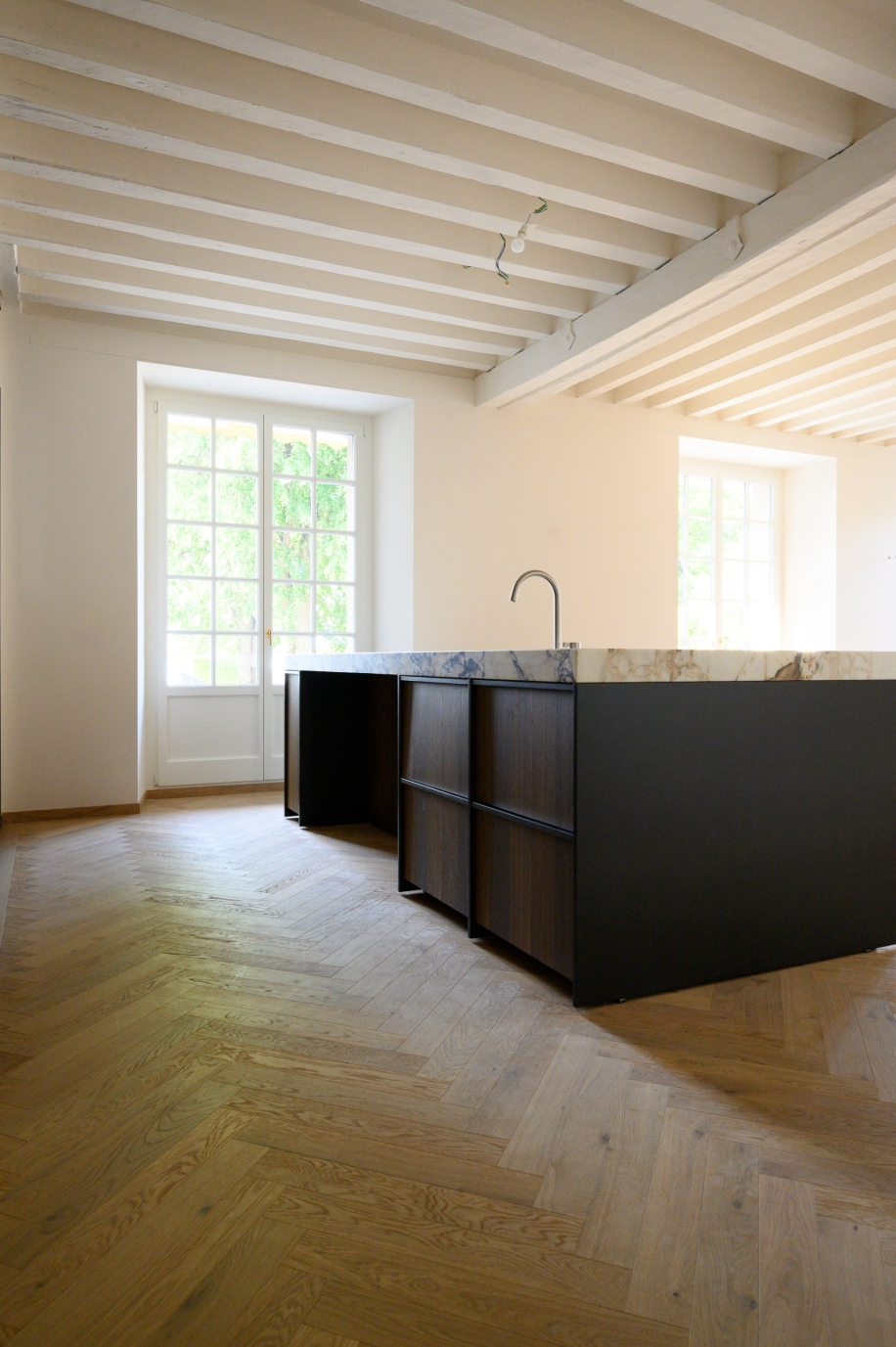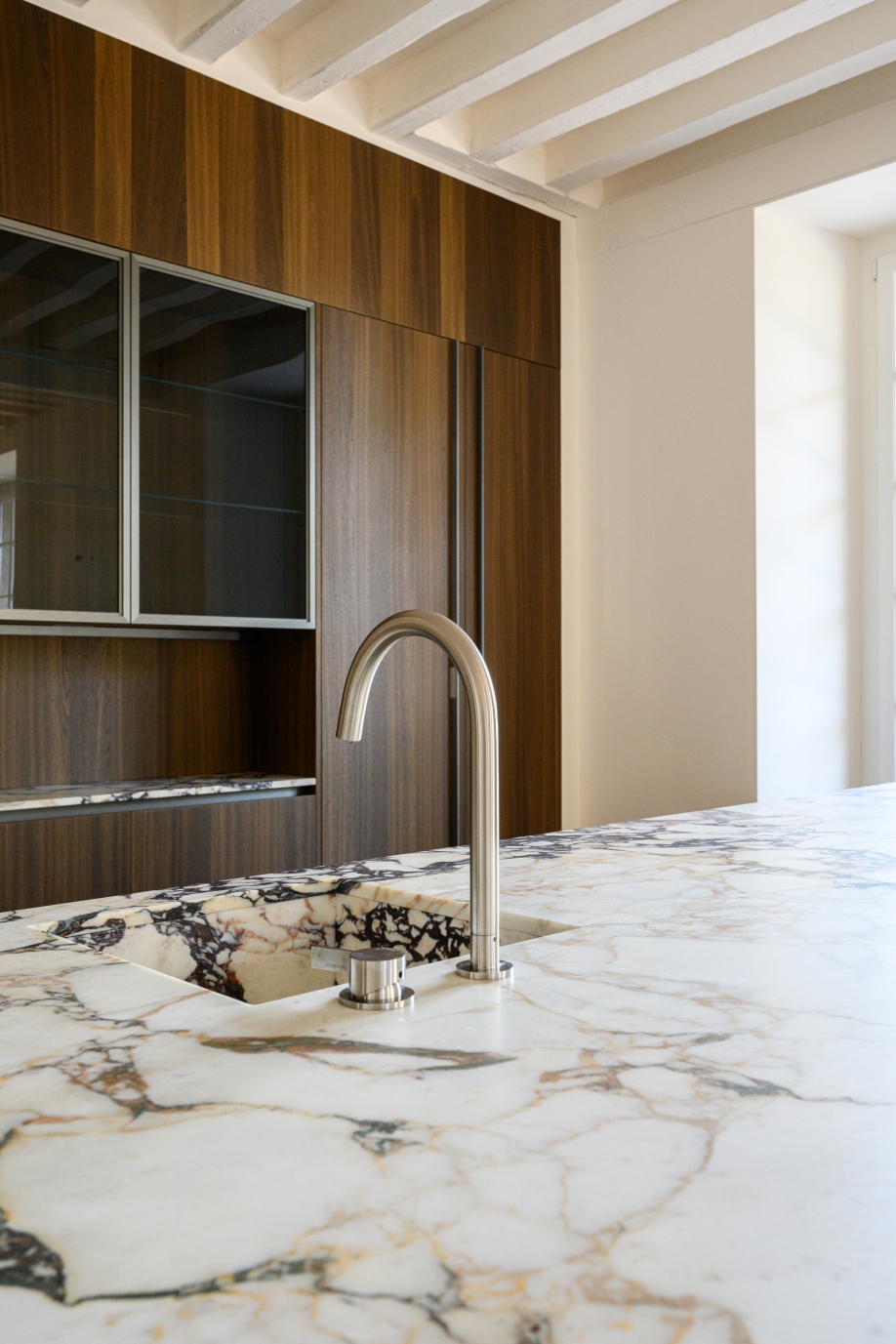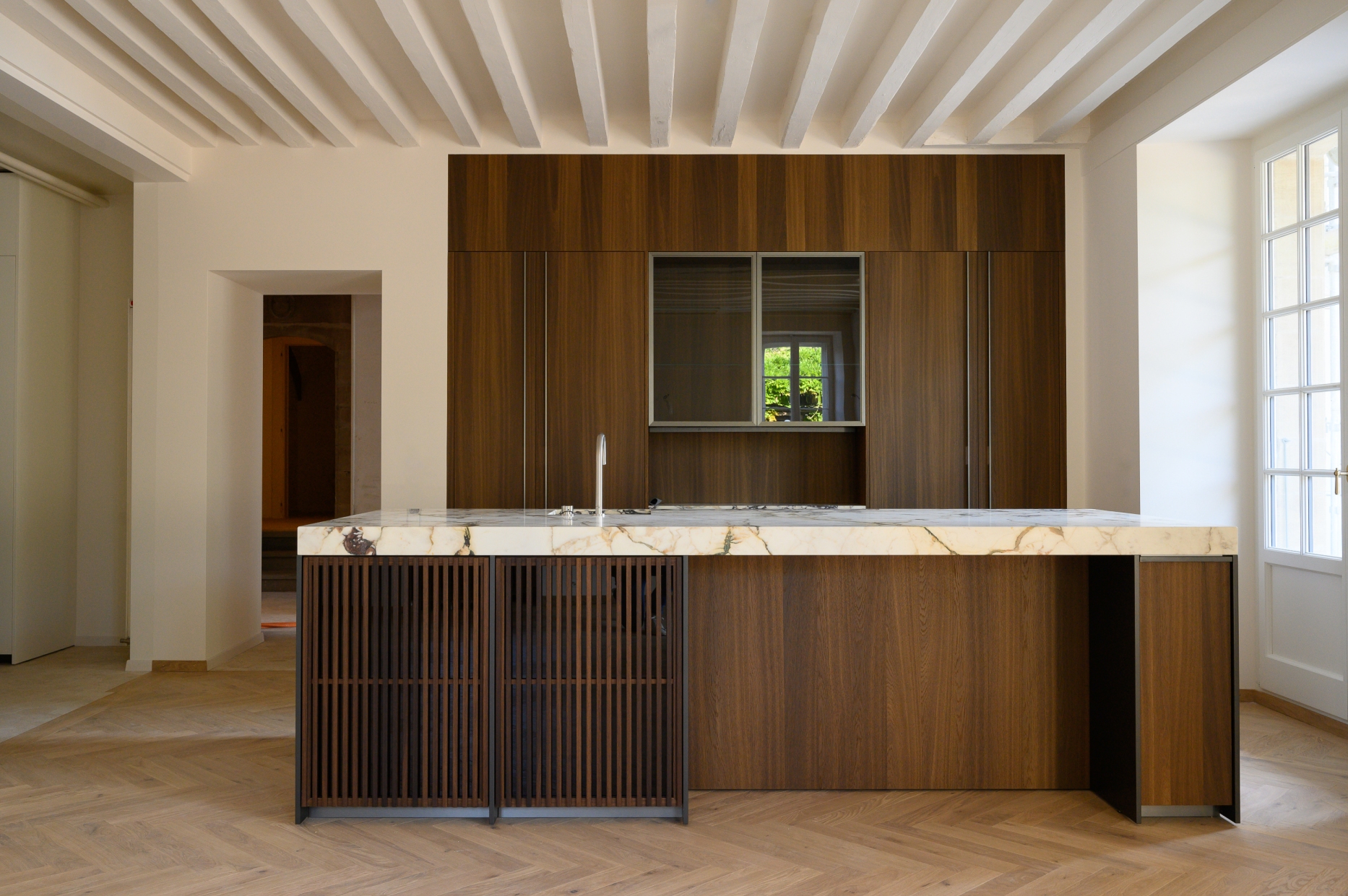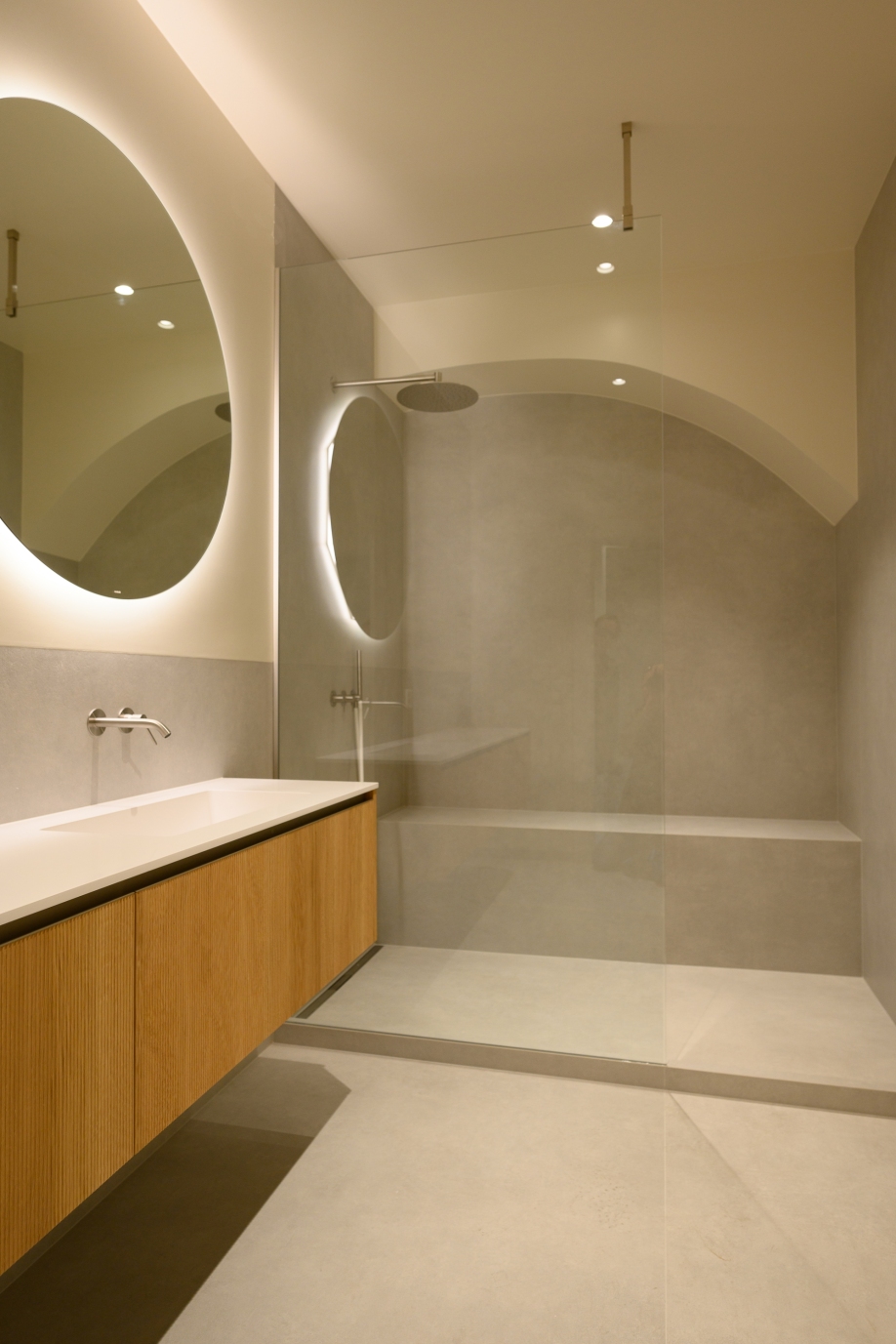MEMORY OF A VILLAGE
Renovation and conversion of a Waldensian heritage site in a historic town
The renovation and transformation of a Vaudois heritage site in the historic market town of Coppet, on the shores of Lake Geneva, is a project at the crossroads of multiple challenges. As well as being architecturally complex, this type of project requires particular sensitivity to the ecological and heritage imperatives that govern this exceptional environment.
Reconciling Heritage and Modernity in a Historic Town
The village of Coppet is a historic site with deep roots, whose buildings are steeped in local history and Vaud architectural traditions. Any renovation in this setting must strictly respect the original features: softly tinted facades, wooden shutters and old-fashioned tiled roofs that reflect the visual identity of the Lake Geneva region.

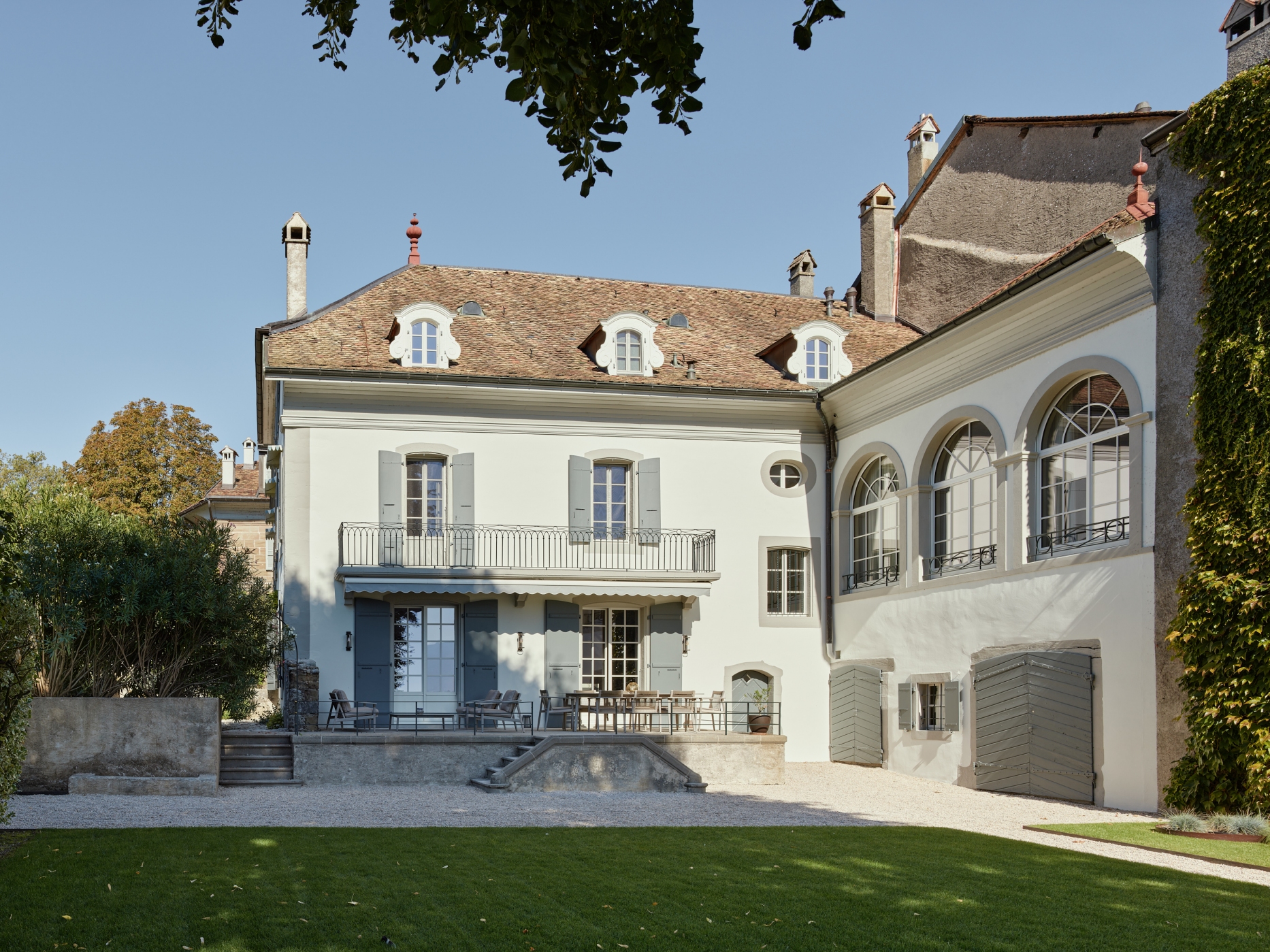

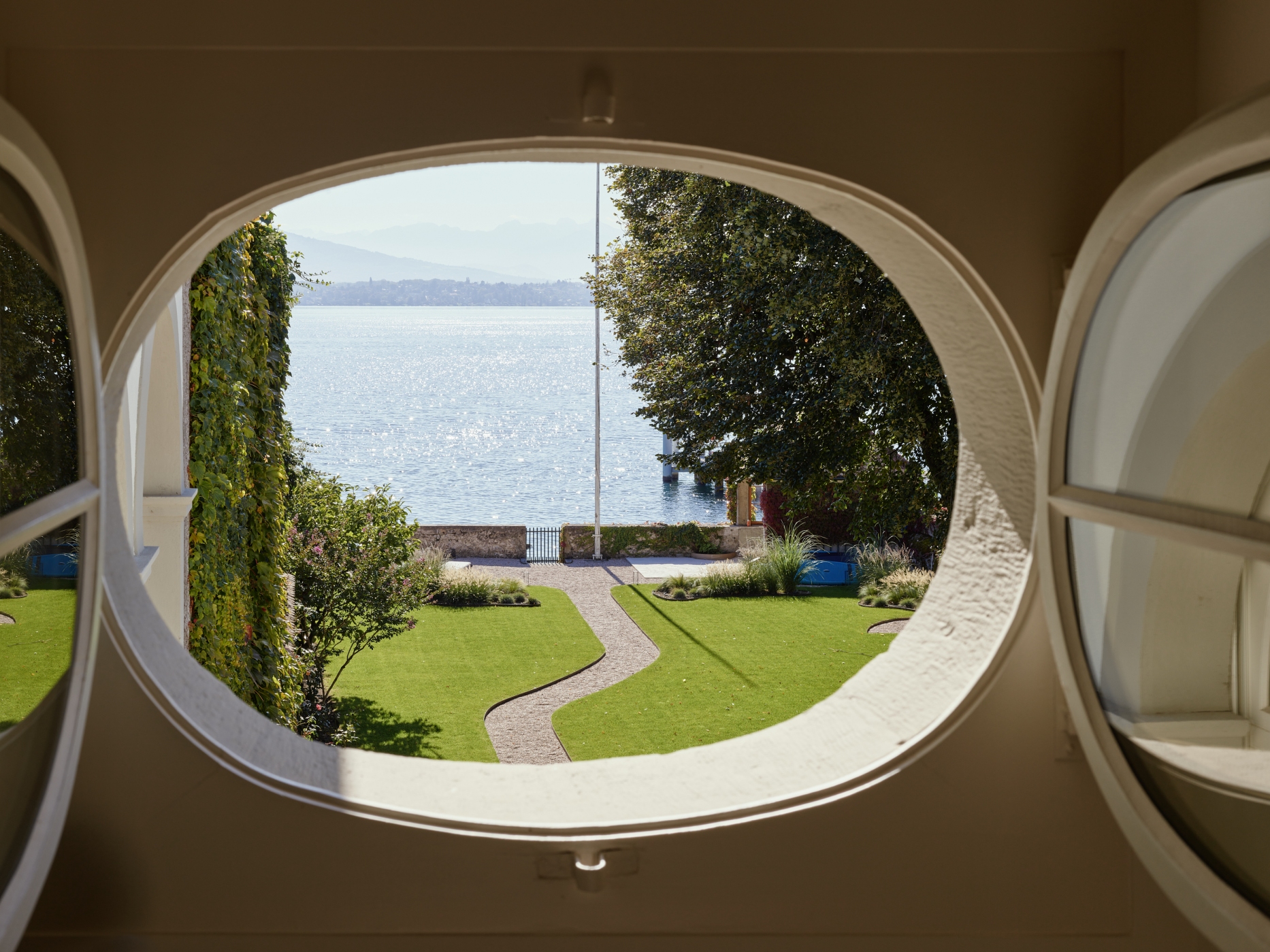
Heritage and town-planning regulations
Coppet's heritage constraints are numerous and demanding. As a protected historic site, the town's buildings are subject to strict regulations designed to preserve the integrity of the architectural ensemble. This means that renovations must preserve the external appearance of the buildings, respecting their original volumes and proportions, as well as the harmony of the whole. Contemporary renovations must blend in almost invisibly, often using appropriate restoration materials and traditional techniques that perpetuate the authenticity of the site.
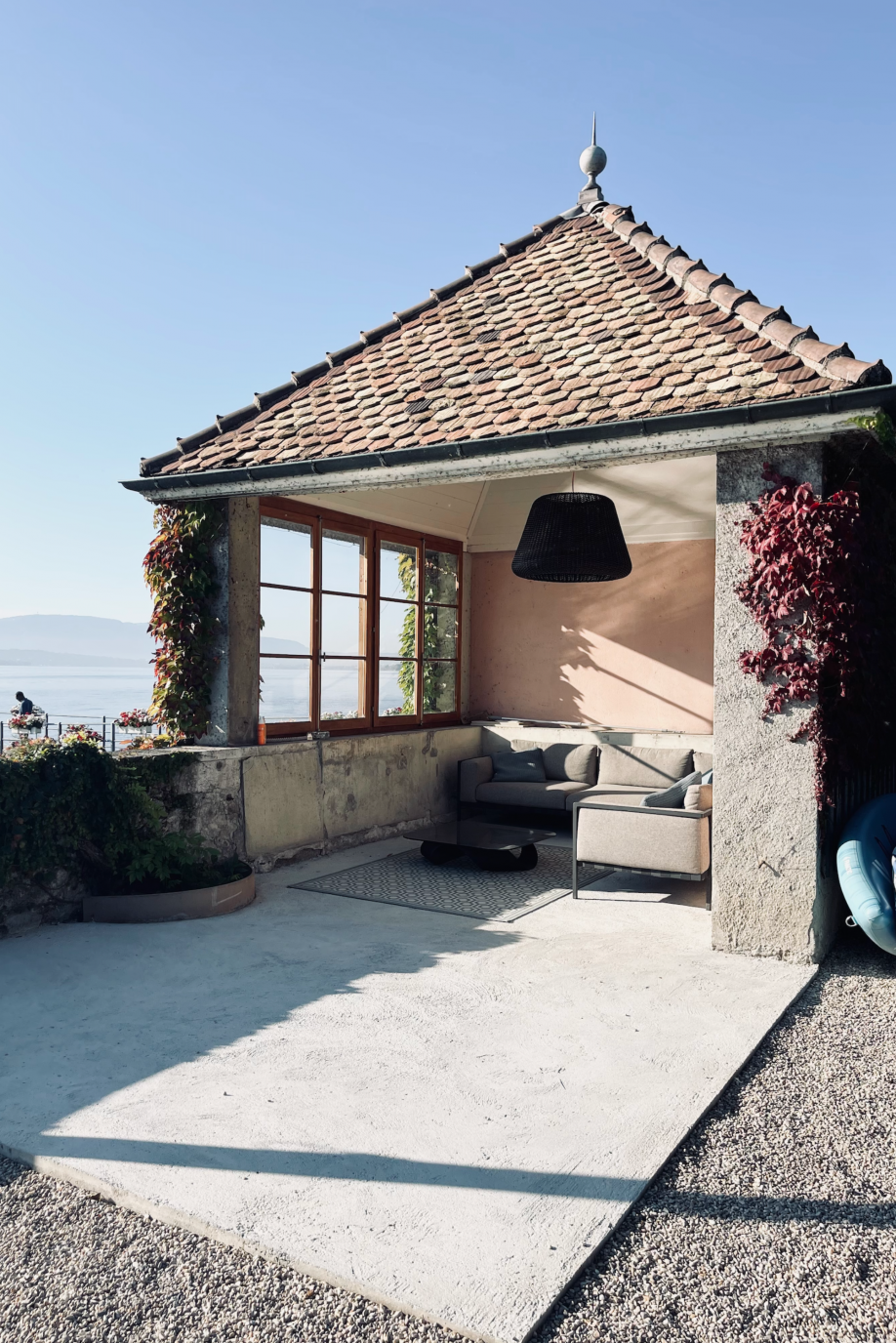
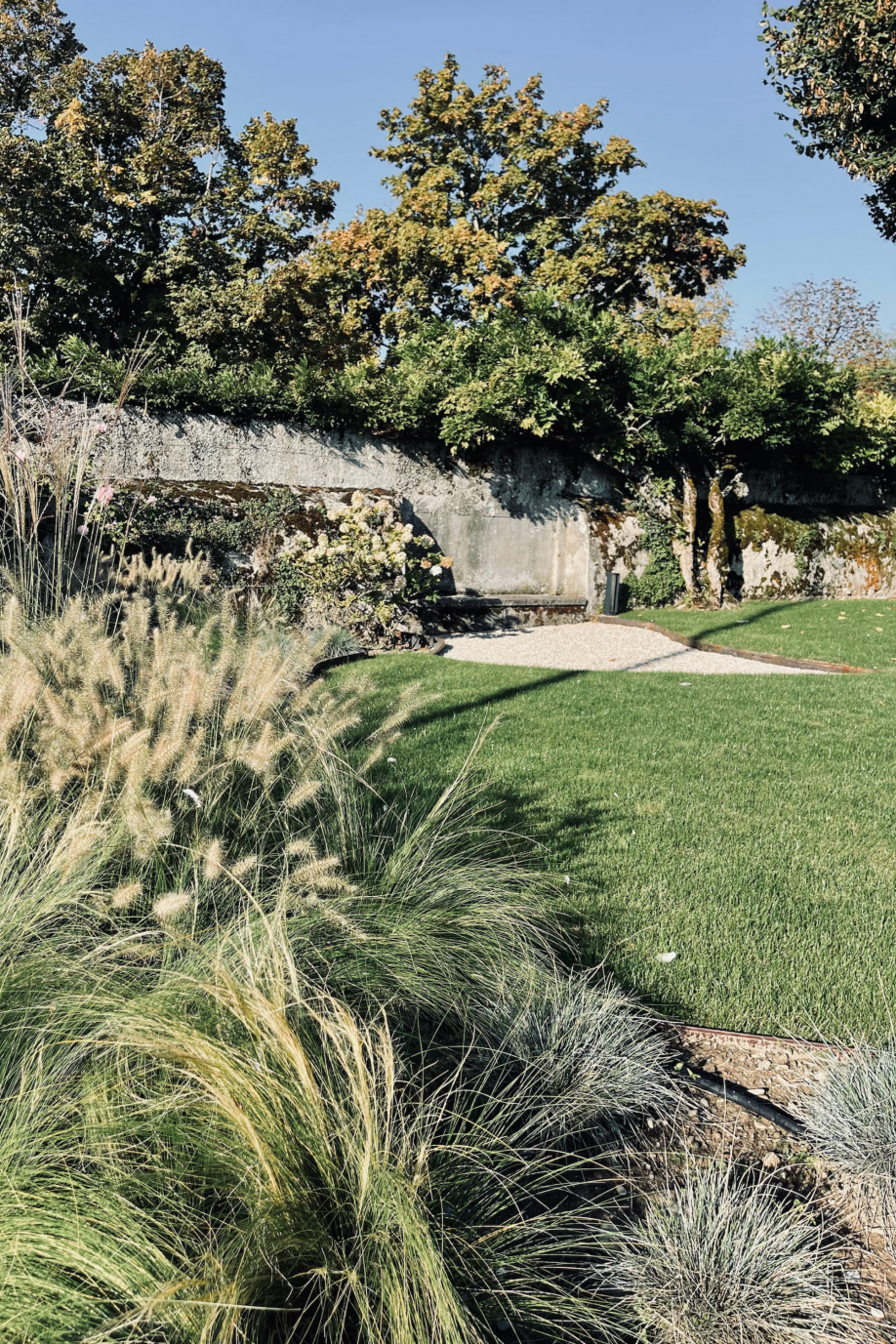

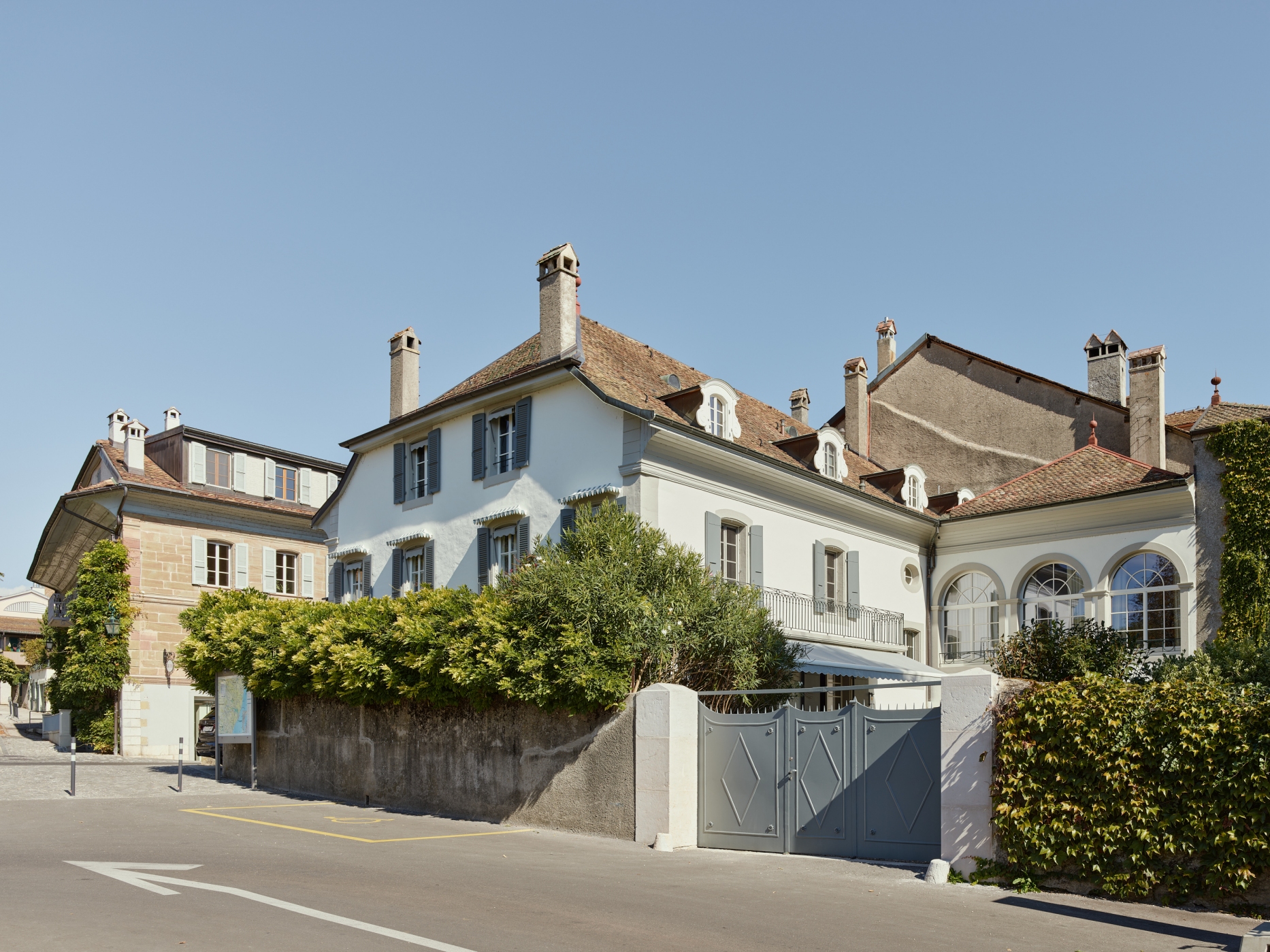
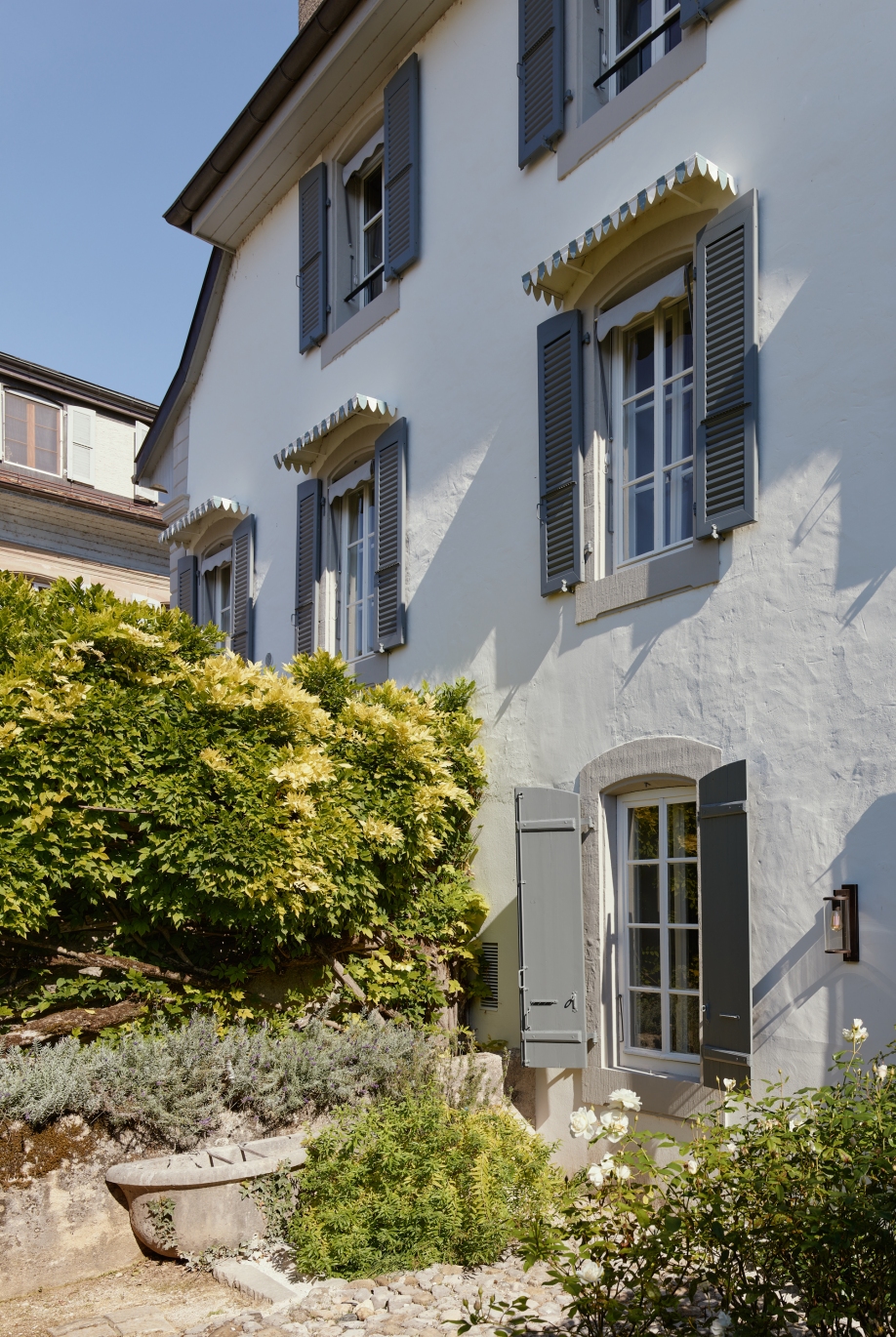

Preserving the views and harmony of the landscape
Lake Geneva is an essential component of the landscape, offering splendid views and a soothing atmosphere. In this context, the renovation of a building must take into account not only its own appearance, but also its visual impact for residents and visitors. Architectural interventions must preserve views of the lake and not obstruct emblematic views. Balconies, terraces and gardens have been designed to open out onto the lake without detracting from the town's traditional aesthetic.
Meeting the challenge of respectful modernisation
Beyond conservation, it is essential to adapt the building to modern uses. This means installing efficient heating, insulation and ventilation systems, while preserving the integrity of the building. Inside, fittings are designed to meet contemporary needs, while maintaining the historic atmosphere with natural materials such as wood and stone, chosen for their authenticity and ability to blend into the heritage ensemble.
